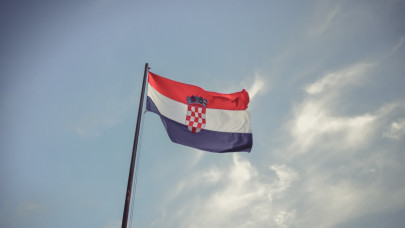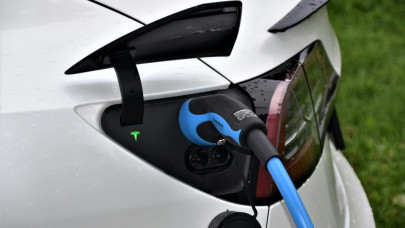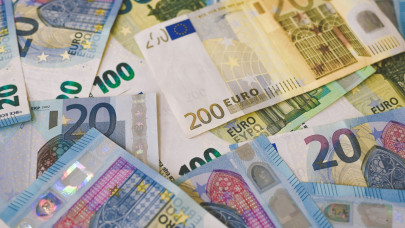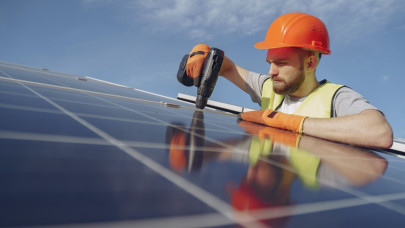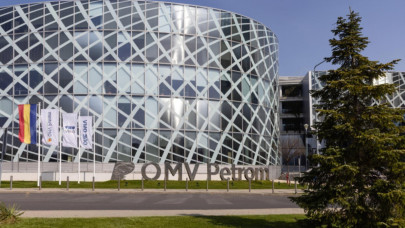These new rules aim to facilitate the transition to renewable and low-carbon gases, particularly hydrogen, to meet the EU's decarbonization targets.
The gas package sets robust rules for organizing the natural gas market and creates a strong framework for developing the future hydrogen market, including dedicated hydrogen infrastructure. It includes specific regulations for the transport, supply, and storage of natural gas and hydrogen. The new rules mandate integrated and transparent network planning across the EU, emphasizing the principle of ‘energy efficiency first' with a forward-looking approach. Gas and hydrogen network operators will develop a 10-year EU network development plan. This package also lays the foundation for a permanent demand aggregation platform.
To ensure the phase-out of fossil fuels, no new long-term contracts for fossil gas will be concluded after 2049. The new rules promote the use of renewable and low-carbon gases, particularly hydrogen, in coal and carbon-intensive regions. Member states will offer tariff discounts and incentives to facilitate the market and system integration of these gases, especially for the emerging hydrogen market, ensuring a just transition. A voluntary mechanism will also be established to support the hydrogen market for five years.
The new rules adopted today will better protect vulnerable customers and those affected by energy poverty, with a particular focus on remote areas. Measures include protection from disconnections and the appointment of suppliers of last resort to ensure continuity of supply.
The regulation and directive will now be signed and published in the Official Journal of the European Union. The regulation will become directly applicable six months after its publication. Member states will have two years to adapt their national legislation to the directive's provisions.
The hydrogen and decarbonized gas markets package is part of the Fit for 55 legislative batches and aims to update the existing gas regulation and directive adopted in 2009. The updated regulation and directive, both formally adopted today, were proposed by the Commission on 15 December 2021. Negotiations with the European Parliament on the final texts began on 1 June 2023, with a final deal on the directive reached on 27 November and on the regulation on 8 December 2023.


